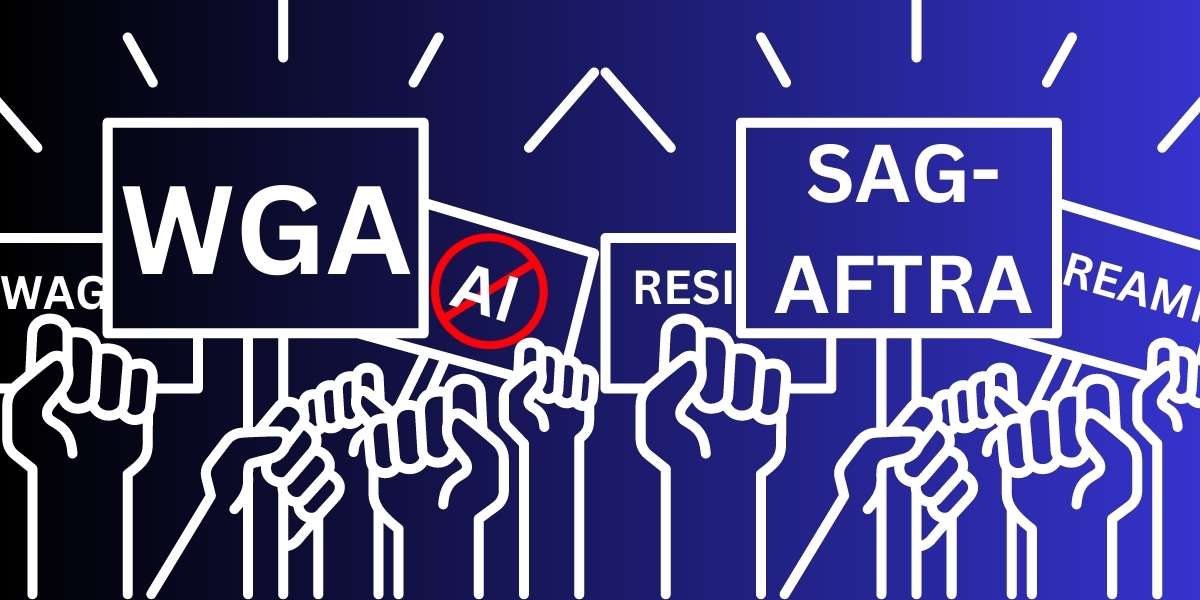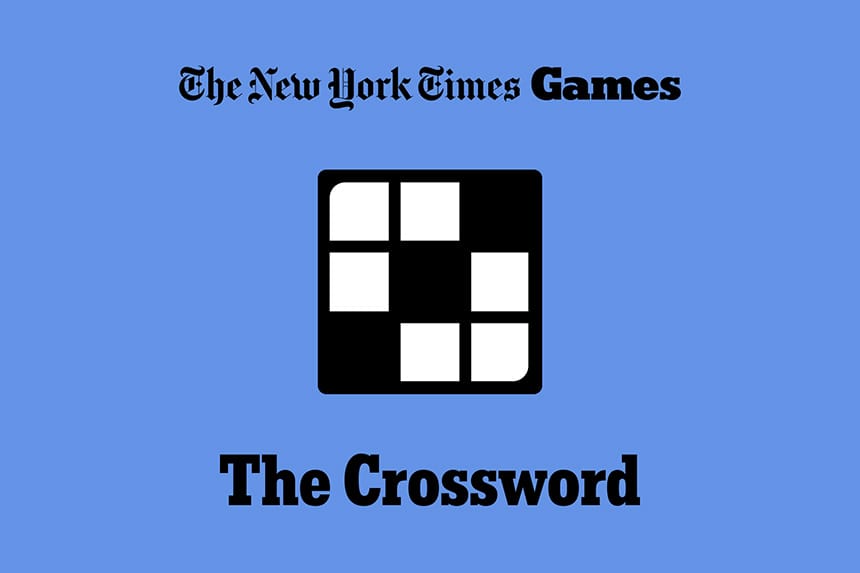WGA And SAG-AFTRA Strike: The Complete Hollywood Shutdown

Table of Contents
Key Demands of the WGA and SAG-AFTRA Strike
The Hollywood strike isn't simply about pay; it's about fair treatment and a sustainable future for writers and actors in a rapidly changing industry. Both the WGA and SAG-AFTRA have presented a united front, demanding significant changes to address longstanding grievances.
Fair Wages and Residuals in the Streaming Era
The rise of streaming platforms like Netflix, Disney+, and HBO Max has revolutionized how we consume entertainment, but it hasn't been a revolution that benefits writers and actors equally. Traditional residuals, payments actors and writers received each time their work was re-aired, have been drastically reduced, leaving many struggling to make ends meet. This core issue fuels a significant part of the Hollywood strike.
- Demand for increased minimum salaries: The unions are pushing for significant increases to minimum salaries to reflect the increased cost of living and the value of their work.
- Request for a more equitable share of streaming profits: Streaming services generate billions in revenue, yet writers and actors often receive a paltry sum compared to the profits generated. The unions are demanding a fairer share of this revenue.
- Seeking better residual payments for streaming content: The current residual system for streaming is widely considered inadequate. The unions are demanding a model that reflects the frequency and reach of streaming content.
- Addressing the impact of AI on writers' and actors' work: The increasing use of artificial intelligence in scriptwriting and visual effects poses a significant threat to the livelihoods of writers and actors. The unions are seeking safeguards to prevent exploitation and ensure fair compensation for their work.
Working Conditions and Exploitation
Beyond compensation, the strikes address deeply ingrained issues of exploitation within the industry. Long working hours, inadequate breaks, and unsafe working conditions are common complaints, and the unions aim to improve this situation substantially.
- Demands for regulated working hours: The unions are pushing for legislation to limit working hours and mandate sufficient rest periods.
- Calls for better health and safety standards on set: Improving safety protocols on film and television sets is a crucial demand to protect workers from potential harm.
- Addressing issues of harassment and discrimination: Creating a more inclusive and respectful work environment is another key objective of the strikes.
- Improved healthcare and pension benefits: The unions are seeking improvements to healthcare and pension plans to ensure the long-term financial security of their members.
The Impact of the Hollywood Strike
The Hollywood strike is not just affecting the entertainment industry; its ripple effects are being felt across the wider economy. The consequences of this widespread work stoppage are significant and far-reaching.
Production Halts and Delays
The most immediate impact is the widespread halt in film and television production. Countless projects are on hold, leading to substantial financial losses and significant delays.
- Major film and television projects postponed indefinitely: Blockbuster movies and popular TV series are among those experiencing indefinite delays.
- Late-night talk shows canceled or airing reruns: The absence of writers has resulted in the cancellation or reruns of many late-night talk shows.
- Impact on streaming platforms' content pipelines: Streaming platforms face delays in releasing new content, potentially impacting subscriber numbers and revenue.
- Delays in film releases and premiere dates: Highly anticipated movie releases have been postponed, disrupting the film industry calendar.
Economic Ripple Effects
The economic impact of the Hollywood strike extends far beyond the studios and production companies. Businesses reliant on the entertainment industry are feeling the pinch.
- Job losses in related industries: Thousands of individuals working in related industries, such as catering, transportation, and hospitality, are facing job losses.
- Reduced tourism revenue in areas reliant on film production: Locations used for filming often see a boost in tourism, but the strike is significantly impacting these areas.
- Potential impact on the overall economy: The strike's wide-ranging implications could have a substantial impact on the overall national economy.
- Financial losses for studios and production companies: Production delays represent massive financial losses for studios and production companies.
Potential Outcomes and Next Steps
The resolution of the Hollywood strike depends heavily on successful negotiations between the unions and the AMPTP (Alliance of Motion Picture and Television Producers). The path forward remains uncertain, but several potential scenarios exist.
Negotiations and Potential Resolutions
The success of the strike hinges on a compromise that addresses the core demands of both the WGA and SAG-AFTRA.
- Potential scenarios for negotiation outcomes: Outcomes range from a swift agreement to a protracted standoff.
- The role of public opinion in shaping negotiations: Public support for the striking unions could influence the AMPTP's willingness to negotiate.
- The likelihood of a prolonged strike: The possibility of a lengthy strike remains, with potentially devastating consequences.
- Potential for concessions from both sides: Both sides may need to make concessions to reach a mutually acceptable agreement.
The Future of the Entertainment Industry
This strike will undeniably shape the future of the entertainment industry. It could lead to significant changes in how writers and actors are compensated and the way content is created and distributed.
- Potential long-term impact on streaming models: The strike could lead to a re-evaluation of streaming revenue models.
- Changes in production practices and working conditions: Improved working conditions and safety standards could be implemented.
- The evolving role of AI in the industry: Regulations regarding the use of AI in scriptwriting and visual effects may be introduced.
- The future of labor relations in Hollywood: The strike could redefine the relationship between unions and studios for years to come.
Conclusion
The Hollywood Strike, driven by the WGA and SAG-AFTRA's joint action, marks a critical moment for the entertainment industry. The issues of fair wages, residuals, working conditions, and the rise of new technologies demand immediate attention. The outcome will have lasting implications for writers, actors, and the industry at large. Stay informed about the ongoing negotiations and potential resolutions to understand the long-term effects of this significant Hollywood strike on the future of entertainment. For more updates on the Hollywood strike, continue to check back for the latest news and developments.

Featured Posts
-
 Strands Nyt Friday March 14th Answers And Hints For Puzzle 376
May 10, 2025
Strands Nyt Friday March 14th Answers And Hints For Puzzle 376
May 10, 2025 -
 Edmonton Unlimiteds Global Impact Strategy Scaling Tech And Innovation
May 10, 2025
Edmonton Unlimiteds Global Impact Strategy Scaling Tech And Innovation
May 10, 2025 -
 Us Debt Limit August Deadline Raises Concerns Says Treasurys Bessent
May 10, 2025
Us Debt Limit August Deadline Raises Concerns Says Treasurys Bessent
May 10, 2025 -
 Beautiful Castle Near Manchester Hosts Huge Music Festival Featuring Olly Murs
May 10, 2025
Beautiful Castle Near Manchester Hosts Huge Music Festival Featuring Olly Murs
May 10, 2025 -
 Strands Nyt Crossword Solutions And Clues For February 15th Game 349
May 10, 2025
Strands Nyt Crossword Solutions And Clues For February 15th Game 349
May 10, 2025
